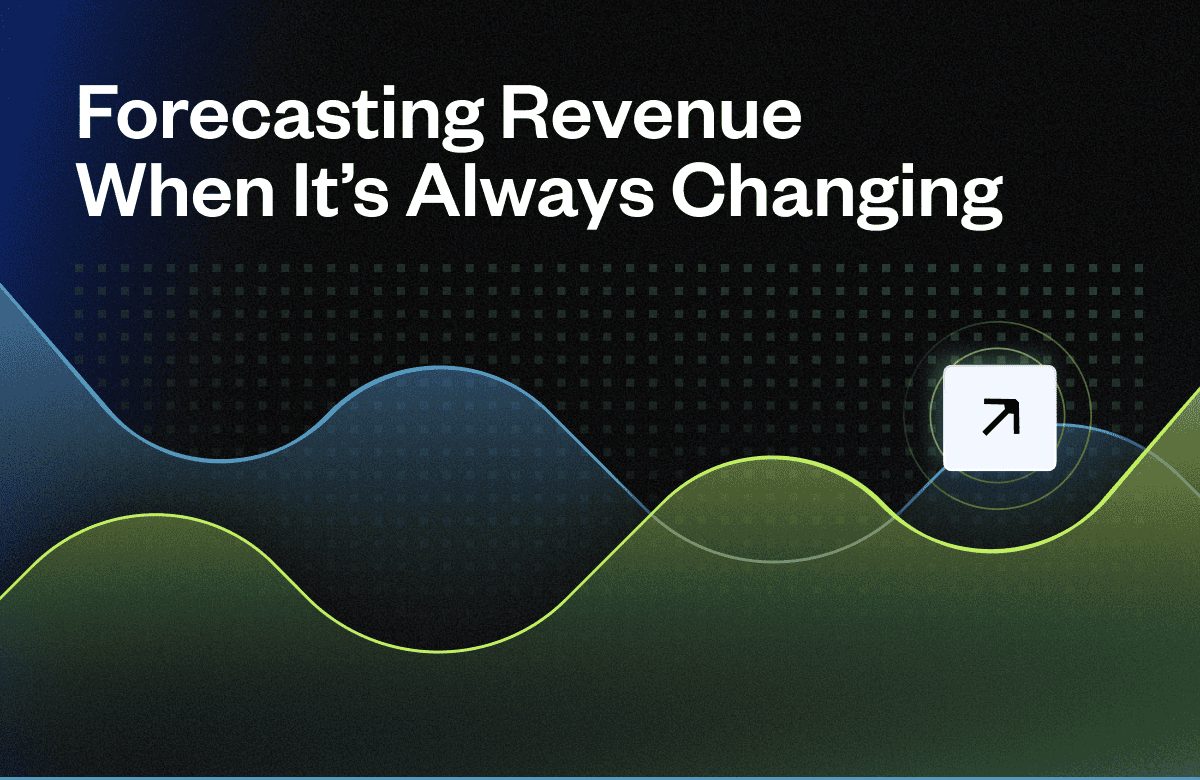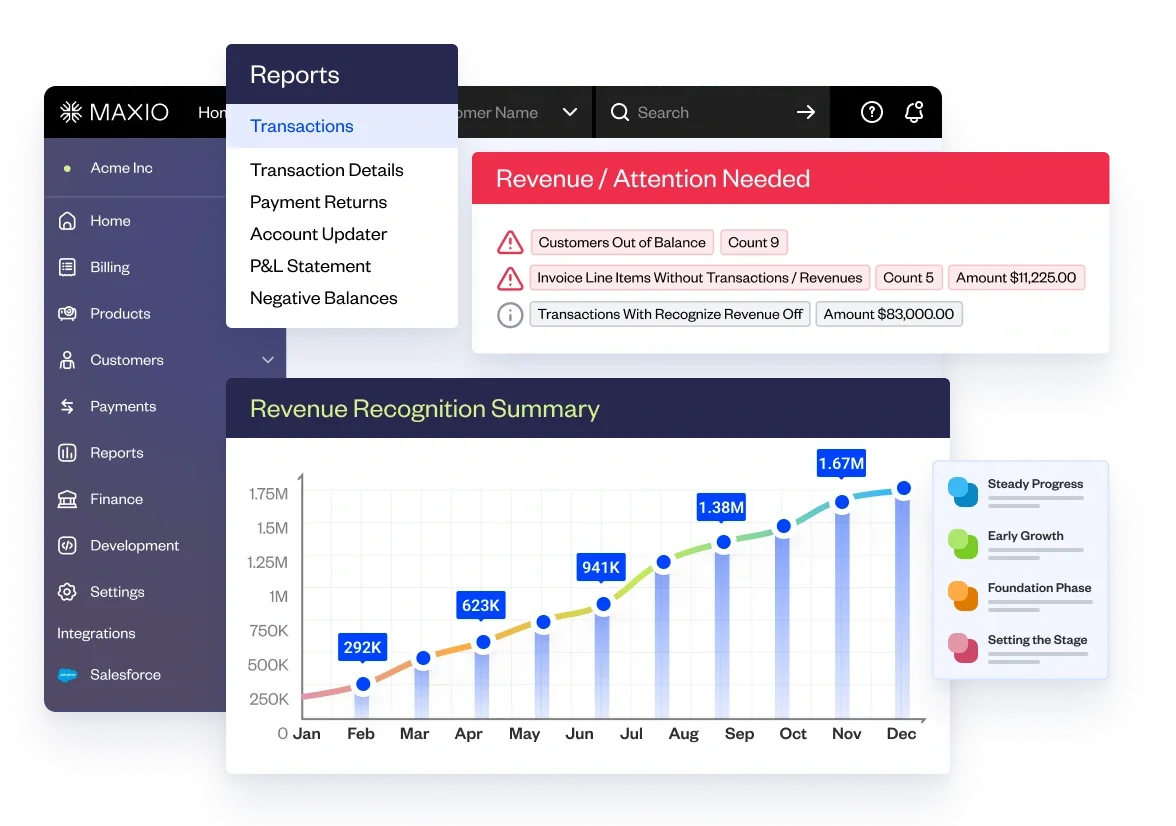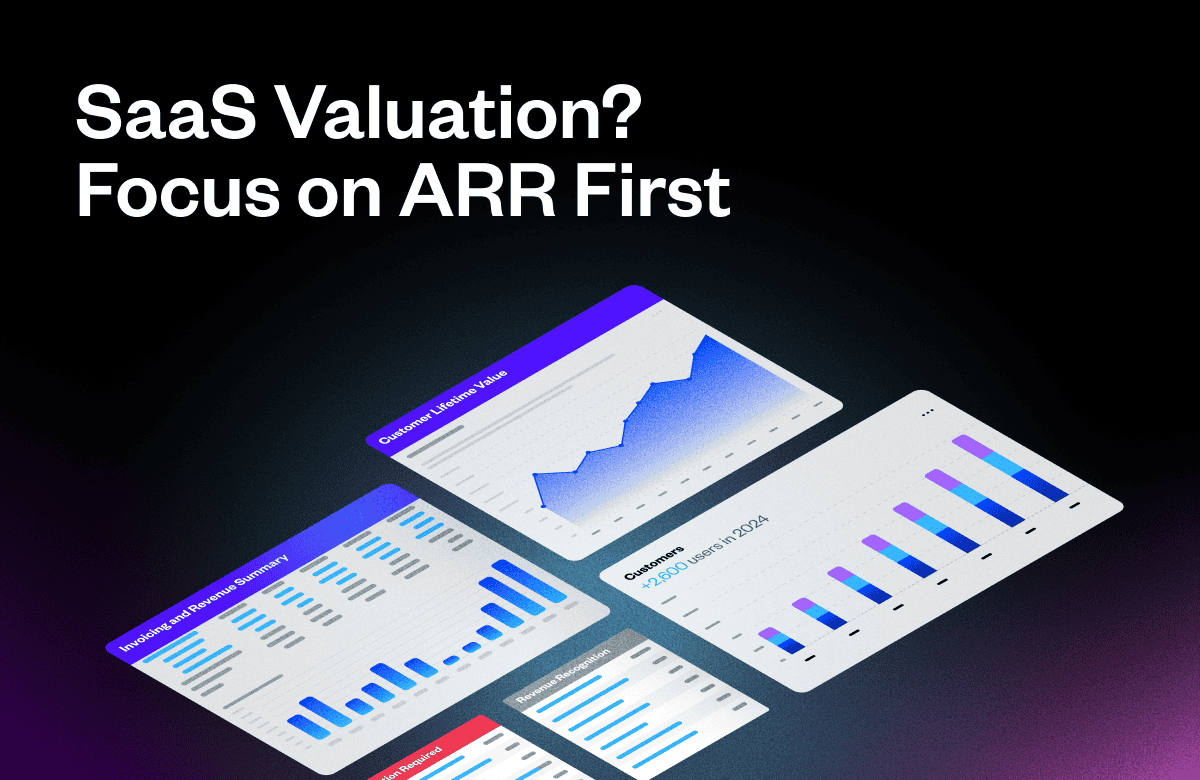Variable revenue comes in a wide variety of forms, and there is no “one-way” to forecast. Below, I will address two common approaches that will be helpful if revenue follows a seasonal pattern and/or companies have larger customers.
The Cohort Approach
Based on historical monthly revenue for all established customers, identify common patterns and divide your customer base into cohorts accordingly. Types of grouping you might find include seasonal versus non-seasonal, low versus high volume, different verticals, or by pricing plan. Remember, you are NOT grouping by start date, as is common in cohort analysis.
If you find monthly revenue patterns, then:
- Calculate the percent of revenue recognized in each month for each cohort
- Calculate a net revenue retention number for each cohort
When performing the above calculations, only use existing customers in your yearly data set. Revenue from customers acquired during the year will distort the results.
If you have a mix of subscription and consumption revenue, you may forecast them separately or combine them; however, patterns may be clearer if you focus only on variable revenue.
Below is an example from a client I worked with a few years ago. Their customer revenue patterns were based on the vertical markets they served.

Once the cohorts are built, forecasting existing customer revenue is straightforward.
Multiply the beginning ARR for each cohort by its NRR, then spread the revenue out for the next twelve months based on the calculated percentages.

AWS and Databricks use macroeconomic forecasts for each cohort to tweak their projected revenue. Feel free to do this if you think one cohort might behave much differently going forward, but don’t overthink it.
When projecting new customer revenue. Forecast bookings based on these cohorts and then apply the monthly percentages to determine the amount and timing of revenue from each booking.
It’s also quite possible you will not find patterns in your existing customer base. If that’s the case, you must educate your board and senior management that there will simply be unexplained revenue variability.
The Customer Approach
If you have a few large customers (over 10% of revenue each), it makes sense to forecast their revenue individually for the coming year. Sales and Customer Success should have a view into known upgrades, downgrades, and churn. Each may have a seasonal pattern you can forecast as well. Use the cohort approach for all remaining customers.
What’s My ARR?
If your revenue has identifiable monthly patterns, as in the example above, the most accurate way to calculate ARR is to divide current MRR by the percentage of revenue historically recognized that month. (The same percentage used to build the forecast.) I would do this calculation for each of the past three months and then average them.
When calculating ARR for valuation purposes, I would separately note any booked but not yet recognized/implemented revenue.






